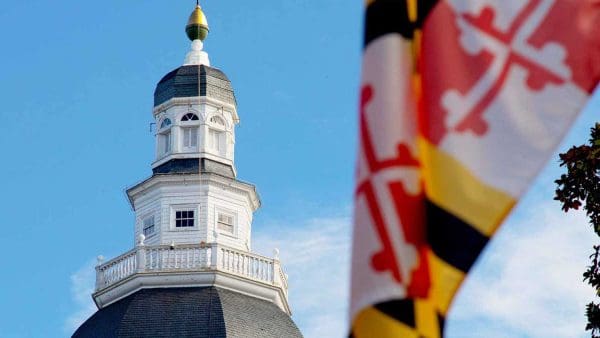
When Natalie Draisin ’10, MPH/MBA ’15, was an undergraduate at the Krieger School, her sorority sister was killed by a drunk driver who had several DUI infractions on his record.
“[It] was an unimaginable tragedy,” Draisin says. “To me, her tragedy was a human rights violation. Everyone should have the right to cross the street without worrying about whether they are going to get to the other side.”
Draisin’s Alpha Phi sorority sisters and the campus community mobilized to work with the Baltimore Department of Transportation and Mothers Against Drunk Driving to redesign Charles Street to help prevent future incidents, she recalls.
That experience helped put her on a career path that led to her current position as director of the North American Office and United Nations Representative for the London-based FIA (Federation Internationale de l’Automobile) Foundation. The group’s mission: to reduce the 1.35 million deaths and more than 20 million injuries annually on the world’s roads.
“The public health community avoids using the term ‘accident.’ That implies tragedies could not have been prevented. We use ‘crash’ because we know serious injuries and fatalities are preventable and therefore unacceptable,” she says of her work with the foundation, which was founded in 2001 with a $300 million donation from the FIA, a nonprofit that includes motoring organizations worldwide and is the governing body of world motor sport.
Global Road Safety
Draisin learned of the FIA Foundation while interning with the World Health Organization and joined the group in 2015. Prior to that, while a graduate student at the Bloomberg School of Public Health, she worked with the National Transportation Safety Board. Before returning to graduate school, she worked in community health in Kenya and was a leadership fellow with the Pew Charitable Trusts.
Though her office is based in Washington, D.C., she was on the road often in her first years with the organization, with destinations as diverse as Ghana, Senegal, Denmark, France, Sweden, Ecuador, Colombia, and Brazil. Since the pandemic, though, her travel time and commute has dropped to zero.
“The pandemic has opened up a window of opportunity where the political will and public desire for safe streets align. People are understanding the benefits of moving away from cars,” she says, citing residents’ increased appreciation for closing city streets to allow more foot traffic.
“Today, one of my major focuses is to get the United States re-engaged in global road safety. It significantly dropped off in the last four years.
— Natalie Draisin
Incorporating life-saving strategies in the infrastructure bill currently before Congress is high on Draisin’s priority list. Among the recommendations issued: allocate federal funding to improve equity in road transportation; incorporate protected bicycle lanes and roundabouts; reduce speeds to a safe level; and introduce alcohol impairment detection technology in new vehicles.
She says the U.S. Centers for Disease Control and Prevention and the National Highway Traffic Safety Administration play a role in ensuring more children have safe routes to school in the United States. “What we do in this country has implications around the world,” Draisin says. “I’m excited that we’re at a turning point to address road safety as never before.”
The elementary school her son, now 2, would attend is only a five-minute walk from her Northern Virginia home, she says. But as is true in much of suburban America, there are no sidewalks or crosswalks on the route. “This is something that has to change,” she says.




